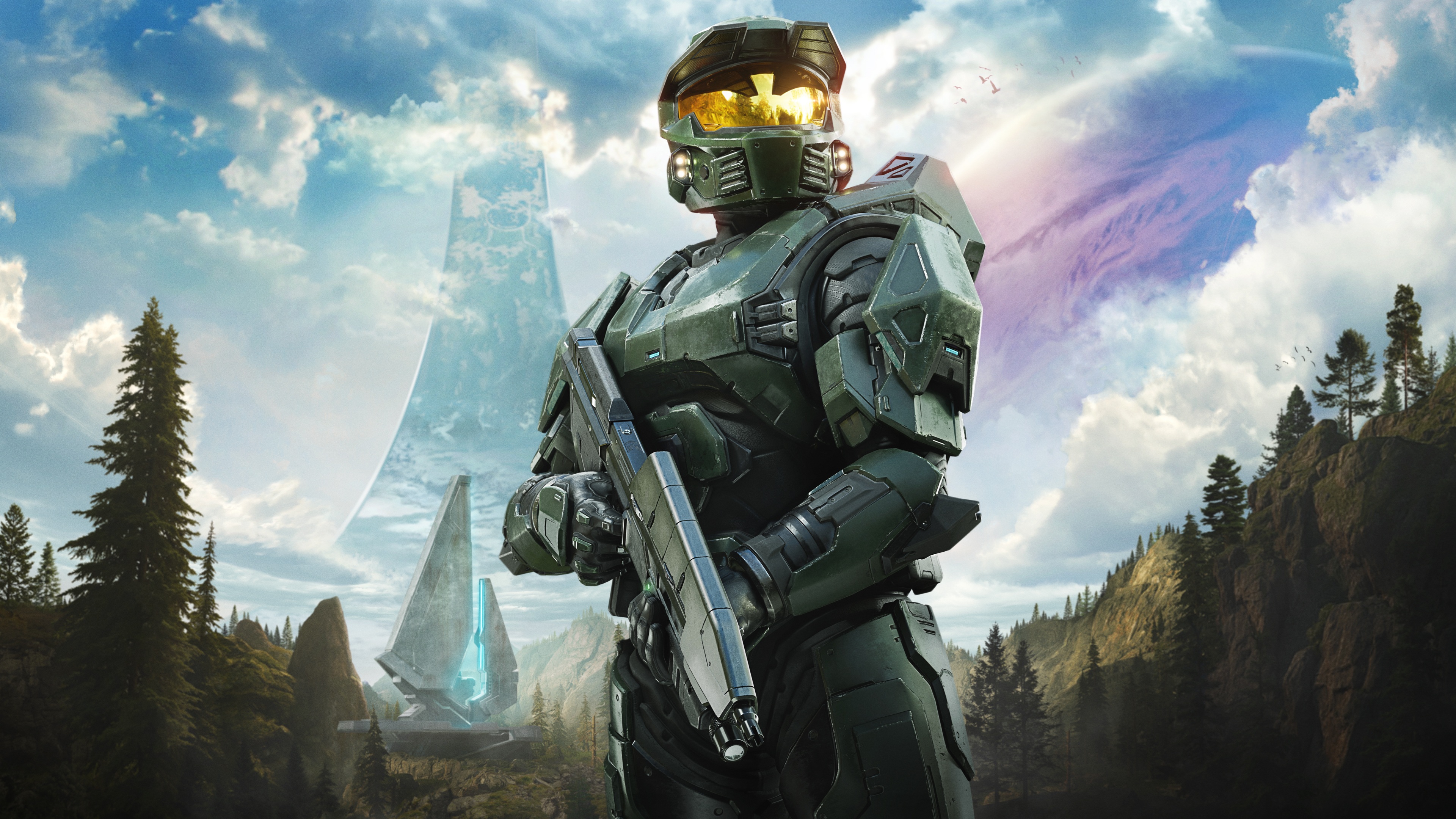Microsoft's aggressive push to rule personal computing Part I: Windows 10
Resistance is futile. You will be assimilated.
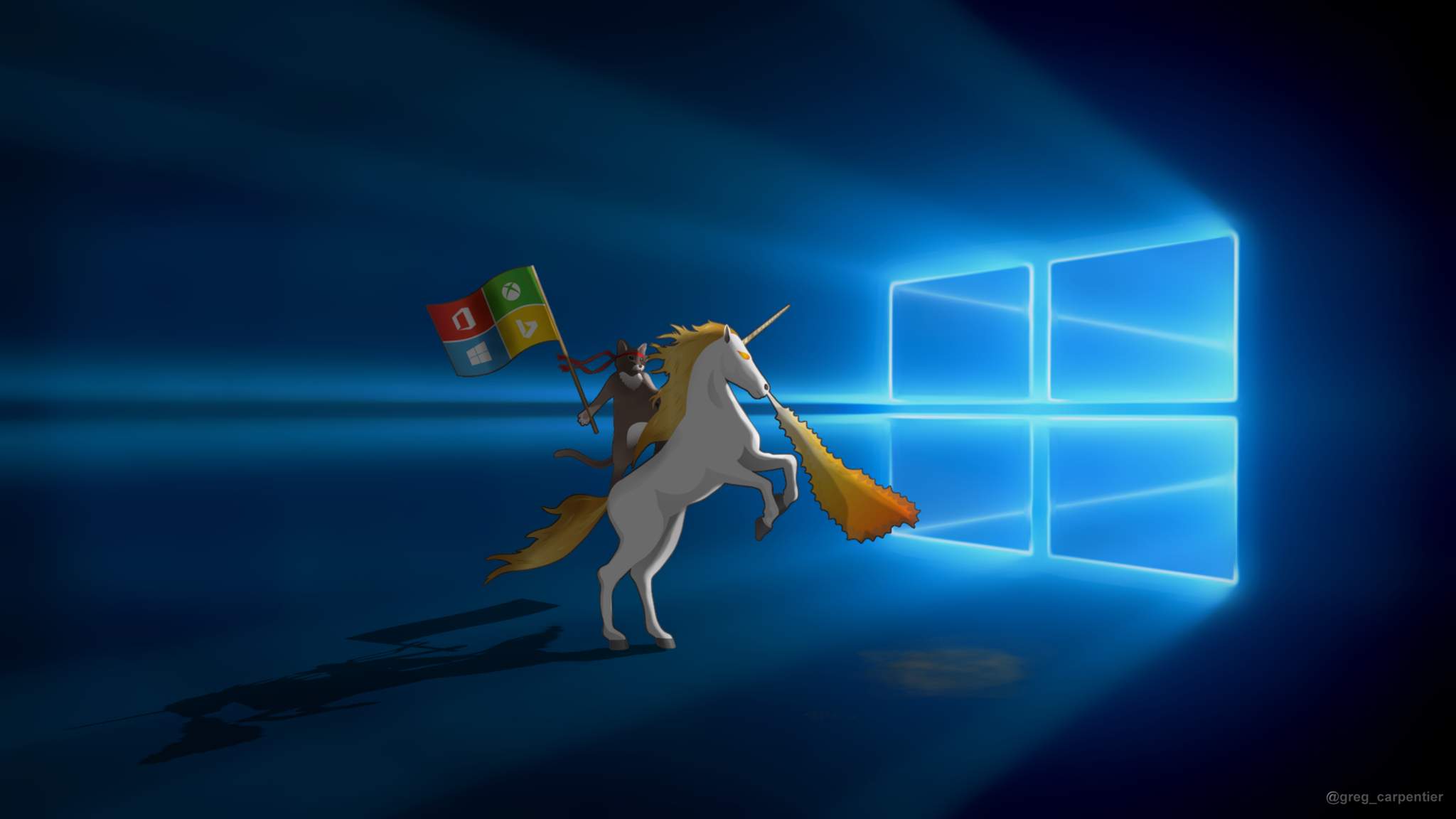
The Borg, a cybernetic alien race native to the Star Trek universe, are known for issuing this ominous warning before absorbing another species into their Collective, or hive mind. Their ambition is unbounded in that they scour the galaxy with the intent of assimilating every race they encounter.
Microsoft, though not a species-devouring antagonist is equally as ambitious and aggressive as the Borg. The company has grown beyond the dream of putting a PC on every desk to becoming the cloud-based platform for a user's digital experiences, a developer of cross-platform mobile apps and advocate of a vision of Windows 10 as an all-encompassing form-factor-agnostic OS.
Microsoft is telling the world, in less threatening tones than the Borg of course, that in relation to the company's pursuit to rule personal computing in its diverse manifestations, that resistance is futile. You will be assimilated. And you will like it.
Same dream, different era
Forty years ago Microsoft's founders Bill Gates and Paul Allen purposed to assimilate the world into their "PC in every home and on every desk" vision of personal computing. To this end, strategic OEM and business partnerships positioned Windows virtually everywhere personal computing takes place. Today more than 90% of the traditional PC space is ruled by Microsoft. Despite the attempts of other platforms to gain a meaningful foothold, resistance seemed futile. Until 2007.
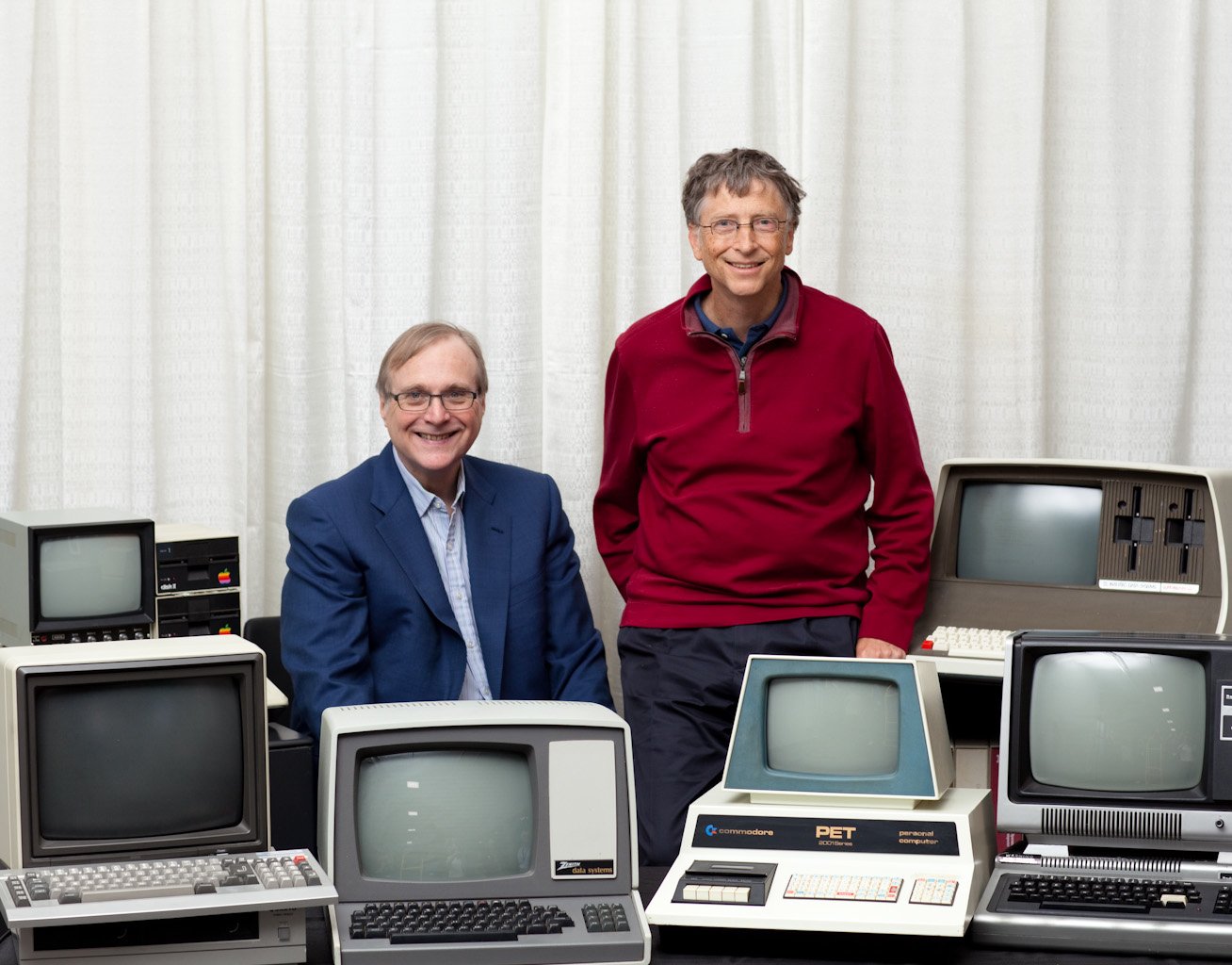
The advent of the modern smartphone courtesy of Apple with the industry-changing iPhone, and later Google and its partners with Android devices, made casual and increasingly more complex personal computing mobile - going from the desktop to our pockets. Though Microsoft still rules the desktop, Android's 1.4 billion active users coupled with Apple's massive mobile presence, makes Microsoft's 1.5 billion PC install base look more like a previous chapter in computing history rather than a relevant force in personal computing today. Looks, however, can be deceiving.
For years, Microsoft has been developing an OS that shared a common core across all device types. For screen-less connected (IoT) devices, PC's and tablets, the Surface Hub, Xbox, HoloLens and phone, Windows 10 is the ever-evolving realization of that promise. This Universal Windows Platform (UWP) is an all-encompassing ambitious industry first.
Consider this: though Microsoft has indeed lost ground on the mobile phone front, their ambitions for personal computing, which is the real prize, engulfs phone, PC and every other venue where personal computing is or will be happening in the future. Think HoloLens:
All the latest news, reviews, and guides for Windows and Xbox diehards.
Their ambitions for personal computing, which is the real prize, engulfs the phone, PC, and every other venue.
A PC on every desk was a noble pursuit during personal computing's infancy. However, in the age of the internet, cloud and connected devices, Microsoft feels personal computing must supersede a single device type. It must engulf them all. Still, Redmond's founding objective and current mission are largely the same. The present and more transient state of personal computing has simply enlarged the computing platform Microsoft is after. Microsoft would rather own the ocean we're floating on than the boats we're traveling it in.
Windows 10 and a massive PC install base are tools that will help the company execute its agenda toward that ambitious end.
A bird in the hand may get you the two in the bush
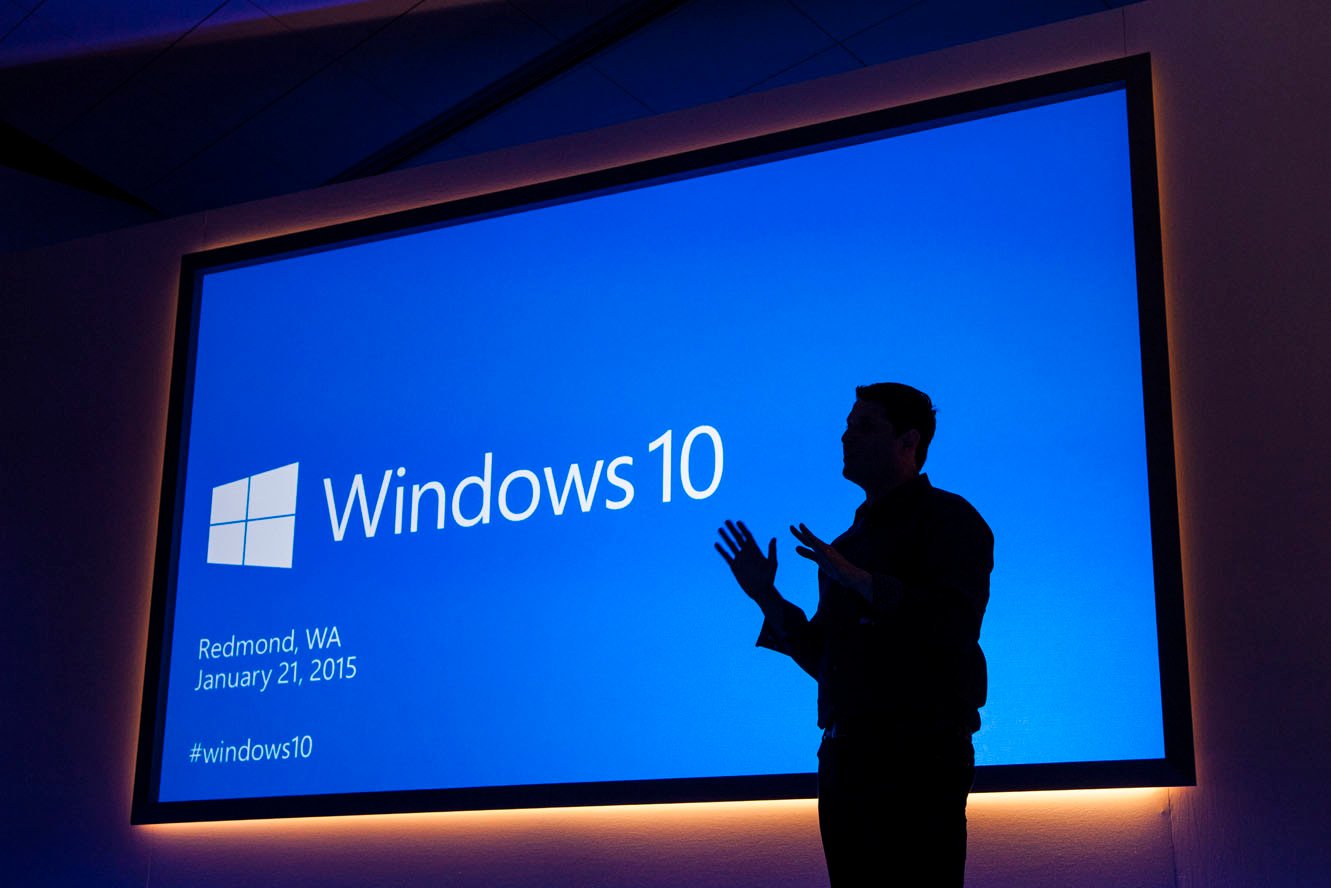
Microsoft's enormous PC install base is more than a leftover relic of a past age in computing. It's the company's foundation for building a universal platform to ensure a presence wherever personal computing is occurring.
Over 1 billion PCs on the planet use Windows. Satya Nadella realizes the leverage this legacy of Microsoft's founding mission affords the company. To get to phone and beyond it all begins with 1 billion Windows 10 Start Menus:
"The reason why anybody would want to write universal apps is…because a billion consumers are going to have a Start Menu, which is going to have your app. You start the journey there and take them to multiple places…the free upgrade for Windows 10 is meant to improve our phone position…If you come to Windows, you are going to be on the phone, too."
A path from a free OS upgrade to a vibrant Windows ecosystem that includes phone is not going to happen simply because Microsoft wants it to happen. Thus, Microsoft has taken several, sometimes controversial, steps to force destiny. Like the Borg, Microsoft is both aggressive and ambitious. That persistence is no more clearly seen than in their desperate push of Windows 10.
Inside Edition
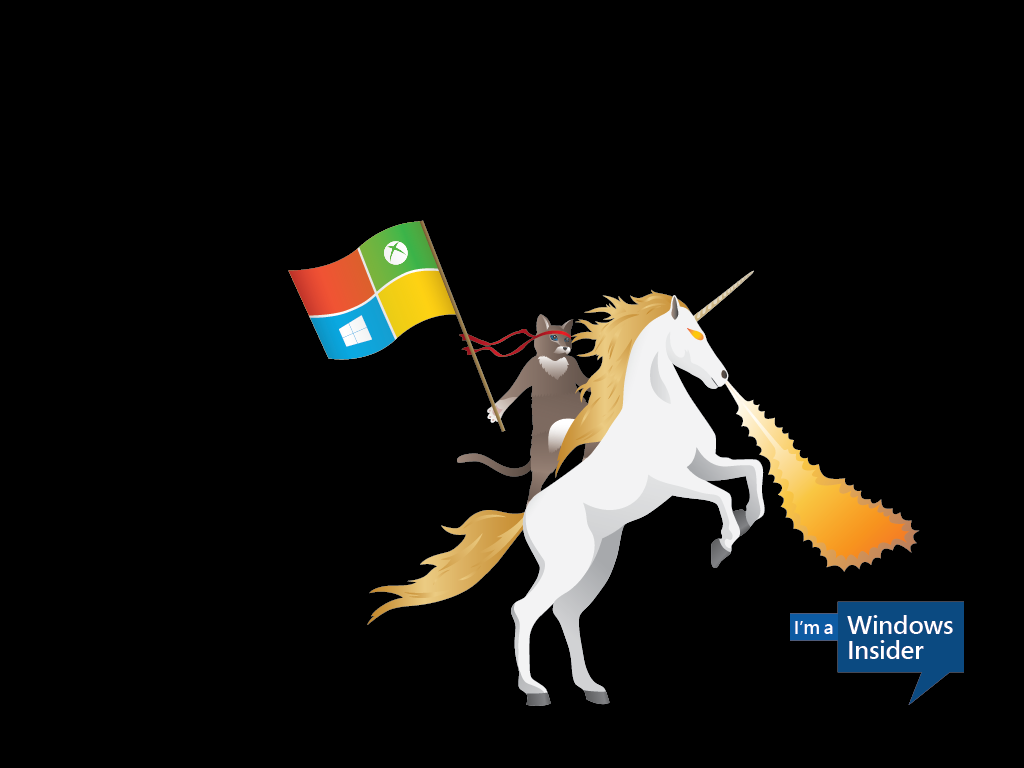
Every plan needs a solid foundation. As such, Microsoft's plan to make Windows 10 a comprehensive answer to personal computing required an intense collaboration with ecosystem partners before the OS was released. Microsoft's statement below reveals that early commitment:
"In our testing of millions of systems, we're seeing full compatibility today with the vast majority of Windows 8x and Windows 7x systems – we will be continuing this application and device compatibility work every day as part of our ongoing commitment to Windows as a service."
Like the Borg, who are in constant communication with the hive mind, Windows 10's continuous state of evolution diminishes the likelihood that a user, once invested, will disengage from the ecosystem.
In addition to Redmond's collaboration with ecosystem partners the company's Insider program has been critical to the development of Windows 10. Of course, this program was not devised by Microsoft for any altruistic reasons. It's a deliberate strategy to help the company perpetuate its plan to assimilate the market.
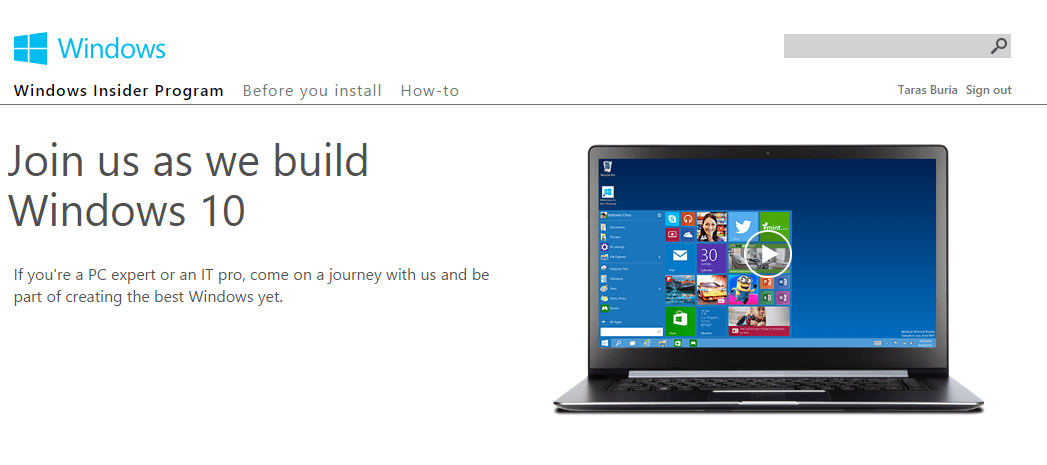
It's a deliberate strategy to help the company perpetuate its plan to assimilate the market.
As the Borg gain knowledge from individuals, they assimilate and subsequently utilize that knowledge to assist them in assimilating a larger population, Microsoft used the information garnered from Insiders to help them build an OS that would be easy to move the masses to adopt. Resistance is futile.
The following statement by Microsoft, before the release of Windows 10, expresses the company' dependence on its insiders:
We are also rigorously testing and listening to every signal from our 5 million Windows Insiders on the quality and readiness of Windows 10.
Furthermore, Microsoft's dual user (work and personal) mission, necessitated that the company's collaboration with Insiders also encompasses enterprise partners. If Microsoft was to leverage the weight of its PC install base to disseminate its universal platform, deep collaboration with all target audiences was necessary.
All Aboard
With methodic precision Microsoft moved from building its new OS to one of the most aggressive distribution strategies the industry has ever seen. Nadella removed the first barrier to adoption by making Windows 10 free. Insiders, who were first to receive the update, were notified of its availability by a small, yet persistent, icon on the taskbar. Courtesy of Redmond, this icon began appearing on millions of PCs around the world as Microsoft prepared its install base for the upgrade.
Bits of the new OS that were deposited on PCs began assessing these system's readiness for the upgrade. Microsoft has met with some push back, as some users perceived Redmond's assertive push of Windows 10 via that icon as an imposition. As the icon began "demanding" an upgrade, some users who decided they didn't want it, found its persistent presence an annoyance.
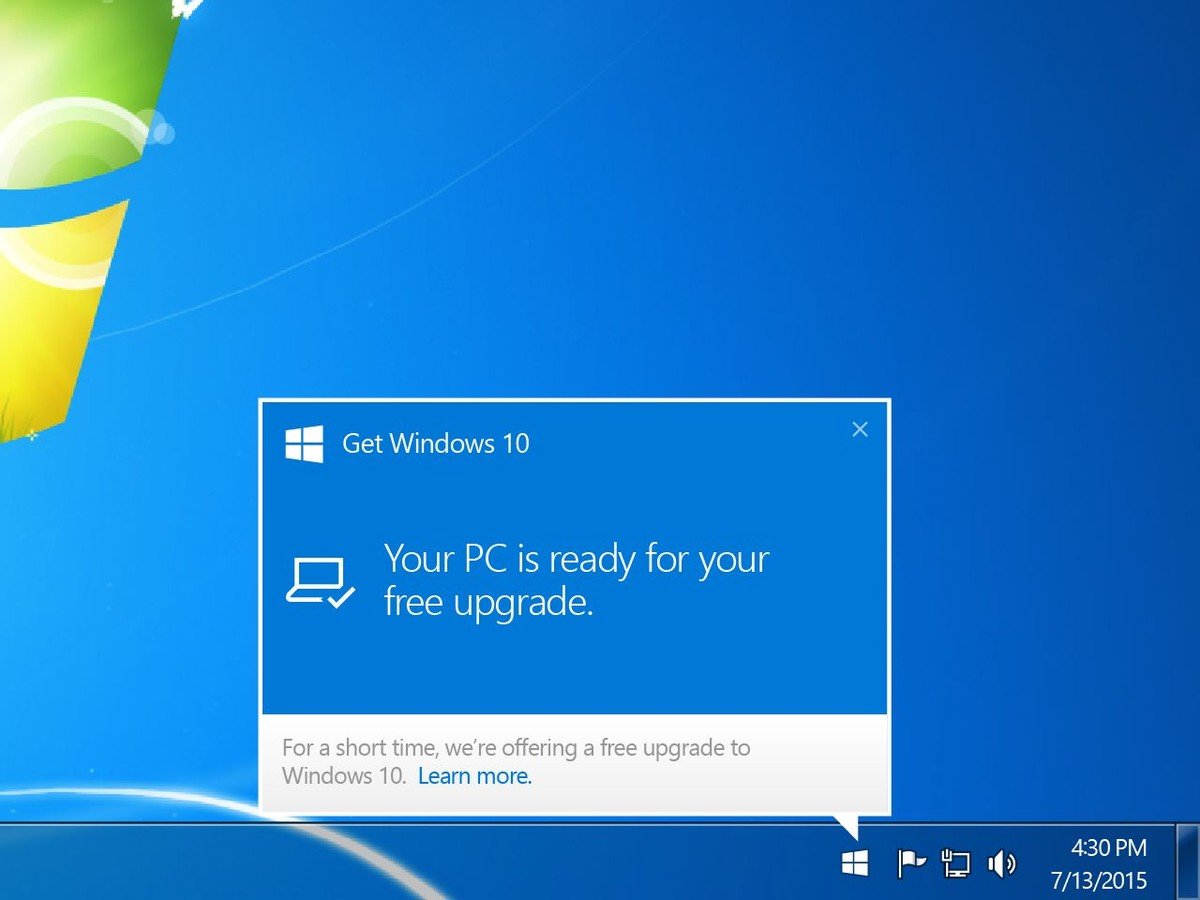
Anecdotally, I've ignored the icons petitions to upgrade my 7-inch HP Stream tablet. I prefer Windows 8.1 on that device size. That said, my 10- and 17-inch devices both feature Windows 10. Though there are round about ways to [circumvent the alert](http:// /how-remove-get-windows-10-app-pc) Microsoft, I'm certain, is counting on users opting for the easiest way to dismiss it: Simply conceding to the upgrade. Resistance is futile.
Microsoft's aggressive Windows 10 push doesn't end there. The company's strategic incorporation of Windows 10 within Windows Update as an "Optional Update" was in itself aggressive. Redmond, however, in its desperation to move the masses to Windows 10 has, as they promised, re-categorized Windows 10 as a "Recommended Update." Microsoft is aiming to make it more difficult for users to bypass the upgrade.
The "Install updates automatically" setting is the recommended method of facilitating Windows Updates. Since many users trust what the system suggests, they will probably choose that option. Consequently, the Windows 10 upgrade will likely automatically initiate on millions of PCs, without the full knowledge of less savvy users. Though users will be prompted as to whether they wish the upgrade to continue, Redmond's actions seem to echo the words of the Borg, "You will be assimilated."
Here's Microsoft's previous statement on this:
"Windows Update is the trusted, logical location for our most important updates, and adding Windows 10 here is another way we will make it easy for you to find your upgrade…we expect to be re-categorizing Windows 10 as a "Recommended Update". Depending upon your Windows Update settings, this may cause the upgrade process to automatically initiate on your device".
Simply put, "resistance is futile."
Silicon allies
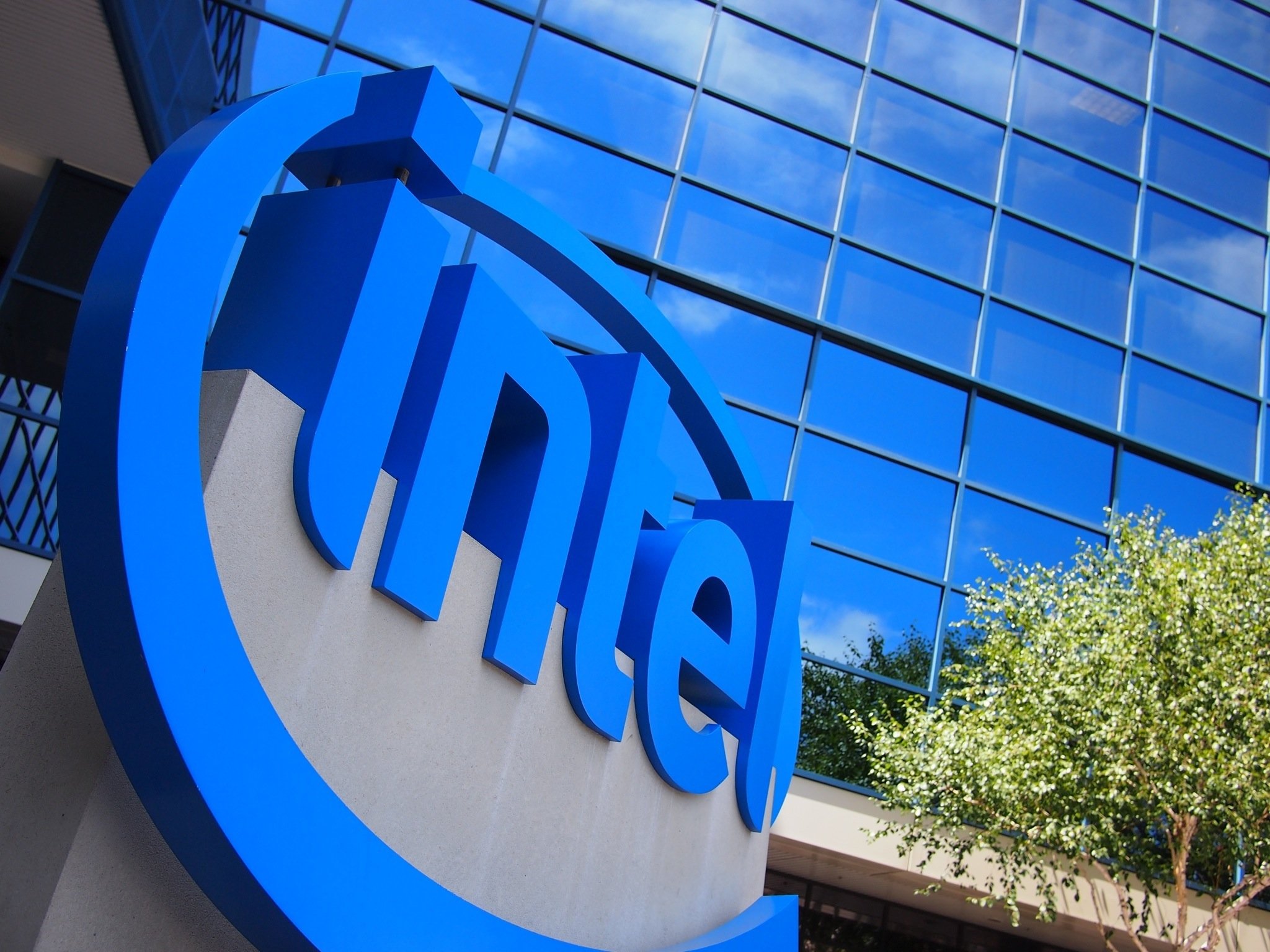
Long-term resistance indeed seems pointless when one considers Microsoft's partners. A post by Microsoft on January 15, 2016, gave us valuable insights into the direction and impact of the company's alliance with manufacturers of the processors that power Windows PCs going forward:
"…as new silicon generations are introduced, they will require the latest Windows platform at that time for support. This enables us to focus on deep integration between Windows and the silicon…For example, Windows 10 will be the only supported Windows platform on Intel's upcoming "Kaby Lake"…,Qualcomm's upcoming "8996"…, and AMD's upcoming "Bristol Ridge" silicon".
Simply put, new silicon will be optimized to take advantage of current and future features unique to Windows 10. Conversely, support for older Windows Operating Systems will be phased out. By working with processor partners to introduce processors tailored to Windows 10, Microsoft will progressively force the masses to its new OS.
So what happens once we've been "assimilated"?
One for all and all for one
With Windows 10 comes the Universal Windows Platform. The UWP ensures that all Windows 10 devices exist along a continuum where virtually any app that will run on one device will run on another. Naturally, certain form factors are optimal for certain tasks. Additionally, the shared core between the PC and mobile "variants" of Windows 10 makes them, in practice, the same platform. This point when fully embraced will change the very foundation of how developing for, analyzing and writing about Microsoft is seen.
Microsoft envisions a world where a user shifts seamlessly from one personal computing device to another. As this user does when moving from gameplay on his Xbox to his HoloLens in the video below:
It is the supporting foundation of this reality that Microsoft is striving to communicate to the industry. Microsoft's unique offering of a single OS for all device types is in stark contrast to what the industry has grown accustomed to developing for, analyzing and writing about. We are used to a paradigm where firms offer multiple personal computing platforms that cater to specific device form factors.
We are used to a paradigm where firms offer multiple personal computing platforms.
Particular device types are therefore invariably tied to specific platforms that are a component of a firm's entire personal computing ecosystem. Apple offers OS X for Macs and Mac Books, iOS for the iPhone and iPad, WatchOS for Apple Watch and tvOS for Apple TV. Google offers Chrome OS for Chromebooks and Android for smartphones, tablets, and connected devices. It is evident that Microsoft's rival's personal computing ecosystems extend further, and less successfully than their more successful mobile phone efforts.
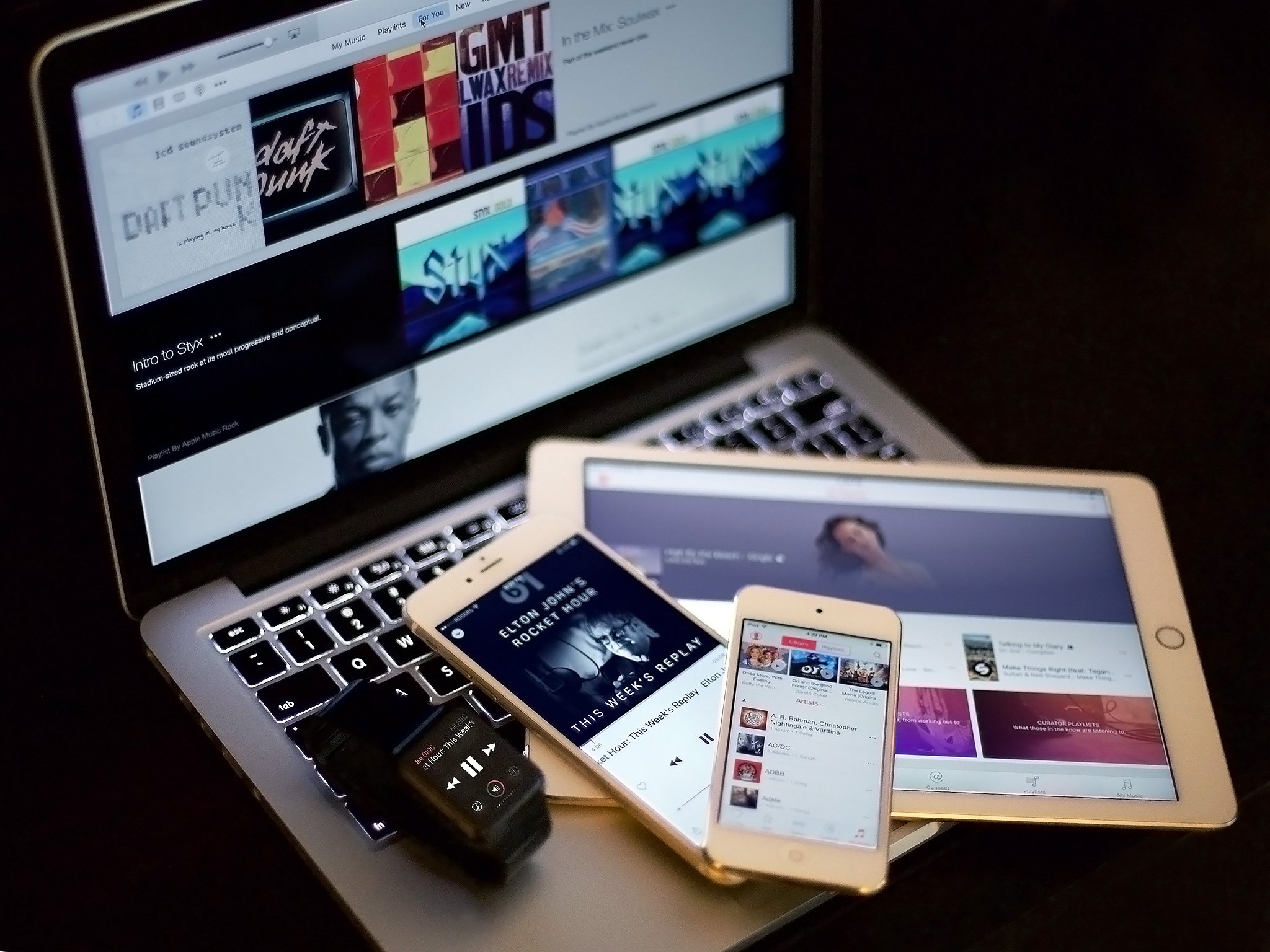
It's also clear that virtually each component of their personal computing efforts exists on disparate platforms. Thus, as developers, writers and analysts attempt to address the full scope of Apple's and Google's personal computing ecosystems, there's an inherent discontinuity due to the incoherence within the ecosystem resulting from the existence of multiple platforms. Though Apple's Continuity is an effort to solve this on the user-facing side, in reality, there is no way to view those firms from a perspective of a unified personal computing platform.
Microsoft has solved this problem. Though the rise of smartphones as the dominant personal computing device has made the "story" around personal computing about "the phone", personal computing is much broader. Microsoft's goal to rule personal computing with Windows 10 positions the company for that broad stroke.
Changing perceptions
Microsoft's challenge now is broadening the perspective of the industry at large from its focus on the smartphone to embracing the ever evolving transient nature of personal computing across devices. When, the industry's developers, writers, analysts, manufacturers and consumers fully embrace this, the general perspective will shift from how a particular device, (i.e. iPhone, Galaxy, Lumia, etc.) is performing in the market. It will be replaced with a view of what platform best connects the devices that facilitate our digital experiences from the development stage to the platform's actual use stage by end users.
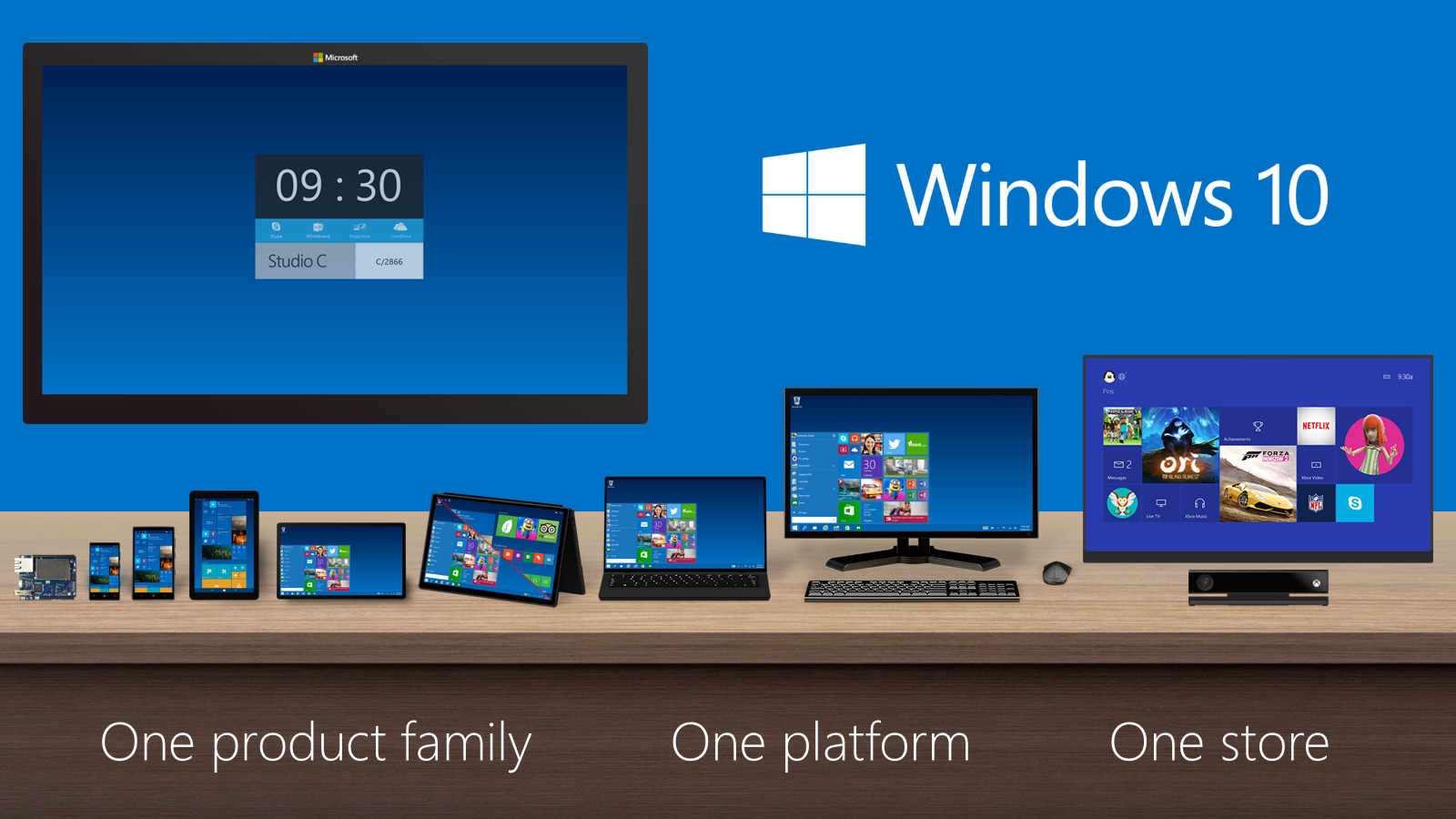
It is this paradigm that Microsoft has prepared for with Windows 10. A reality that is focused on the broad personal computing platform that engulfs all devices, not a single personal computing device and platform. As it stands now, a developer that writes for Windows 10 has, in the six months since its release, a target of 200 million users. If Microsoft reaches its goal, in less than two years, that number will be 1 billion PCs, Xboxes, Surface Hubs and mobile devices like wearables, the growing 2-in-1 category and "phones."
The target is the breadth of a company's entire personal computing platform.
As developers embrace that the target is the breadth of a company's entire personal computing platform, the inherent synergy of developing for Windows 10 will become more evident as all devices within the UWP continuum benefit from an app introduced into the ecosystem. This shift will invariably lead to growth in Universal Windows Apps that help Windows 10 Mobile devices.
Microsoft is desperately attempting to ensure this occurs. Thus, they are aggressively leveraging their PC install base and pushing Windows 10 in such a way that anyone with a PC will eventually be using Windows 10. For 24 years the world has embraced Windows on PC. And it seems that if we wish to continue using Windows, Windows 10 and the broad ecosystem shifts it brings are inevitable. Resistance, it seems, is futile. We will be assimilated.

Jason L Ward is a Former Columnist at Windows Central. He provided a unique big picture analysis of the complex world of Microsoft. Jason takes the small clues and gives you an insightful big picture perspective through storytelling that you won't find *anywhere* else. Seriously, this dude thinks outside the box. Follow him on Twitter at @JLTechWord. He's doing the "write" thing!

